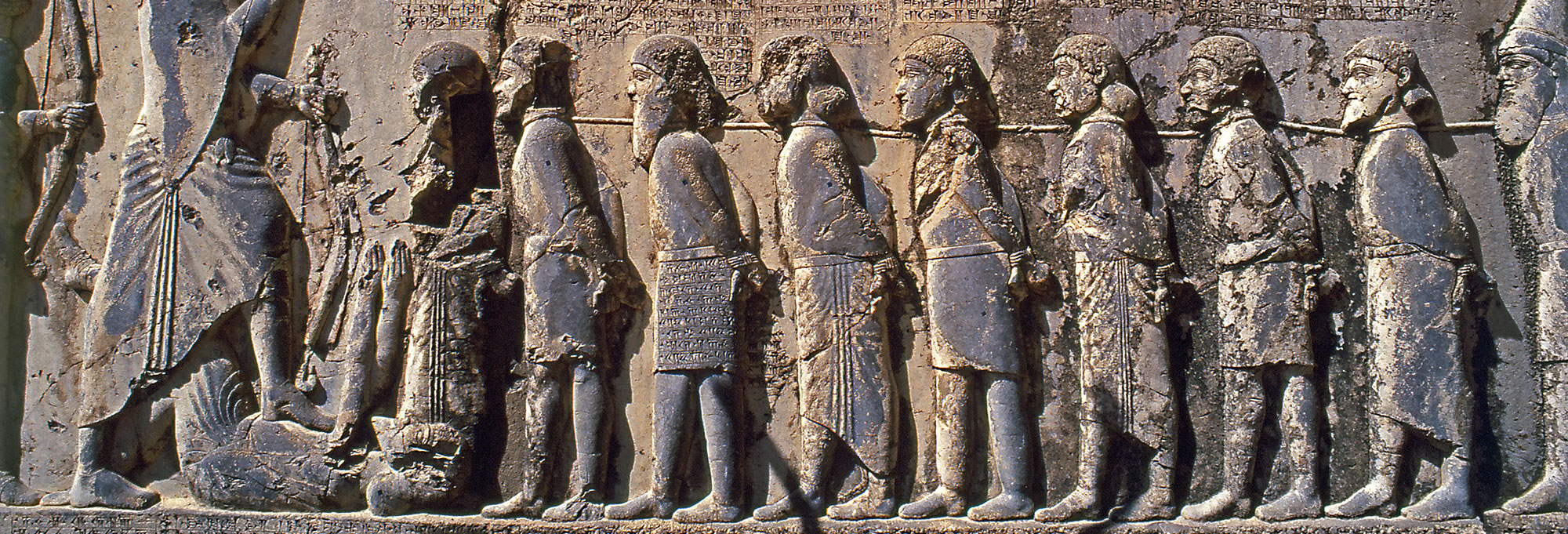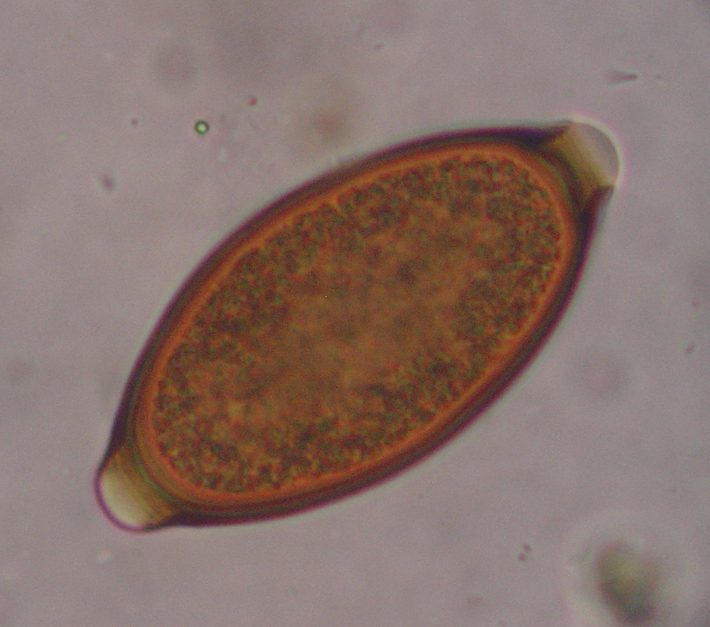Features From the Issue
-
Features
The World's Oldest Writing
Used by scribes for more than three millennia, cuneiform writing opens a dramatic window onto ancient Mesopotamian life
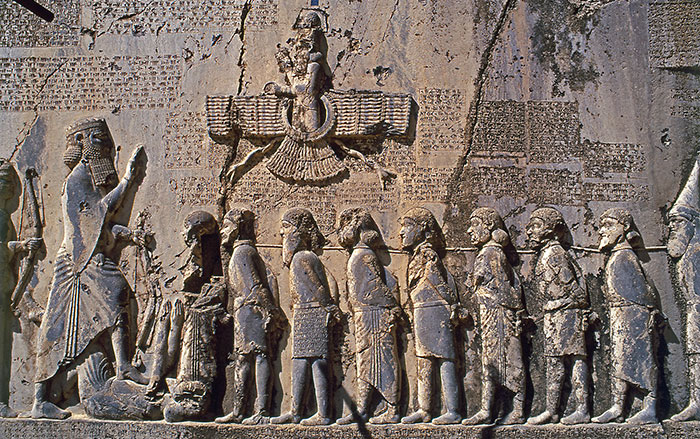 (Babek Tafresi/Gettyimages)
(Babek Tafresi/Gettyimages) -
Features
An Overlooked Inca Wonder
Thousands of aligned holes in Peru’s Pisco Valley have attracted the attention of archaeologists
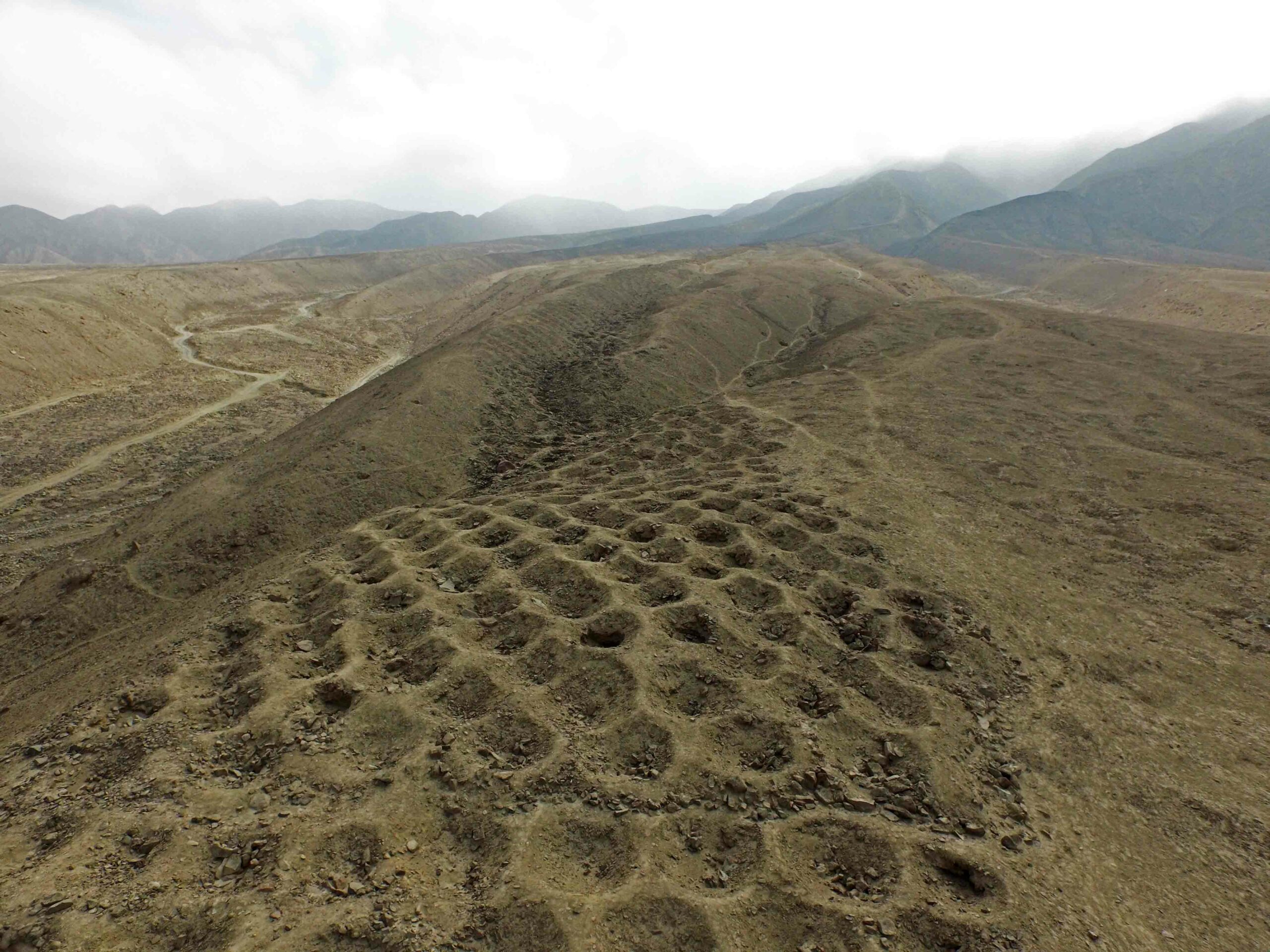 (Courtesy Charles Stanish)
(Courtesy Charles Stanish) -
Features
Masters of the Ancient Mediterranean
The rare discovery of a Phoenician shipwreck off southeastern Spain is providing new information about their centuries-long dominance of the sea
-
Features
Coup de Grâce for a Desert Castle
A group of murder victims discovered in a frontier stronghold in Jordan may define the last chapter in its history
-
Features
A Myth in Stone
The delicate work of conserving a 2,000-year-old story
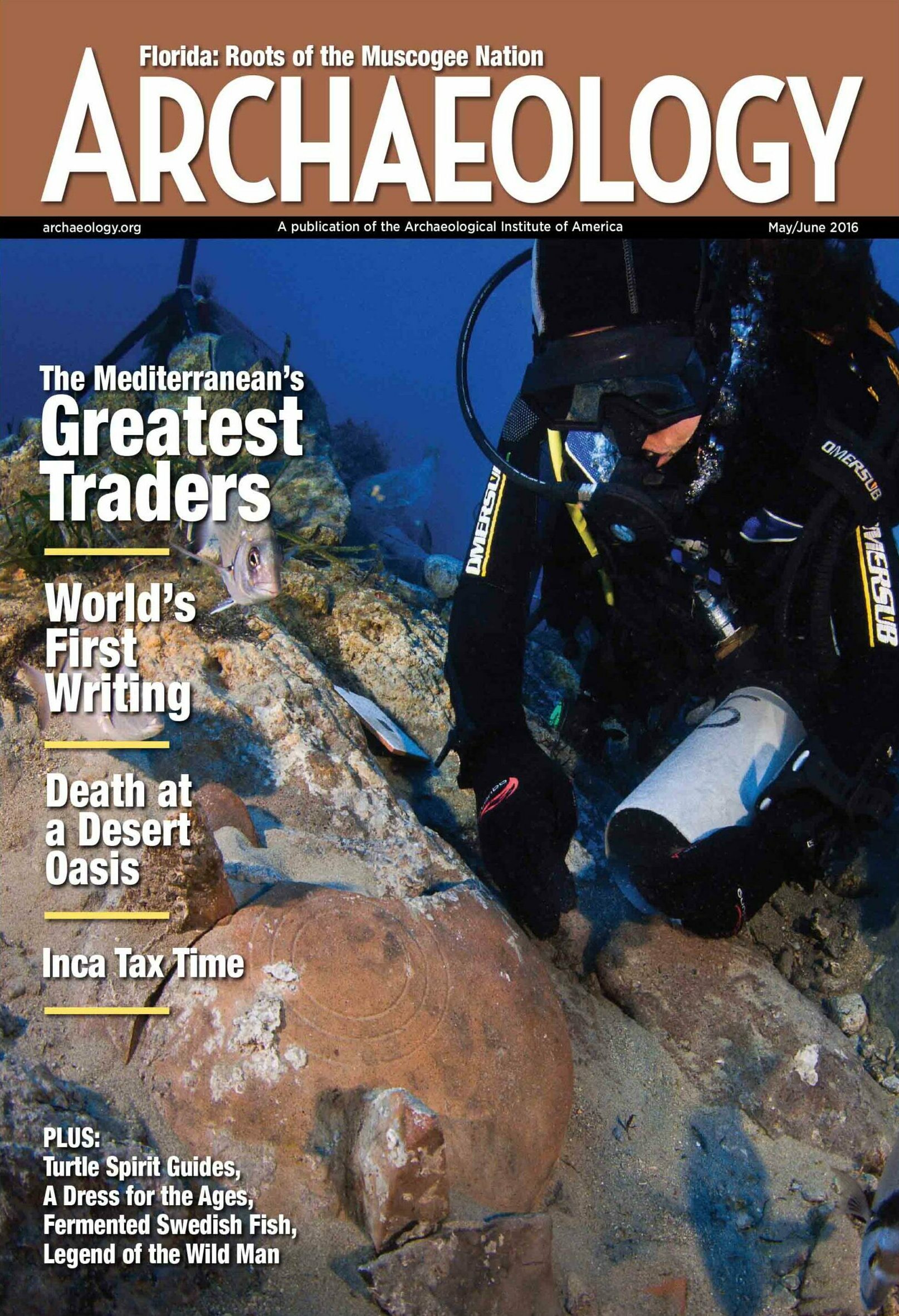
Letter from Florida
Letter from Florida
People of the White Earth
In Florida’s Panhandle, tribal leaders and archaeologists reach into the past to help preserve a native community’s identity
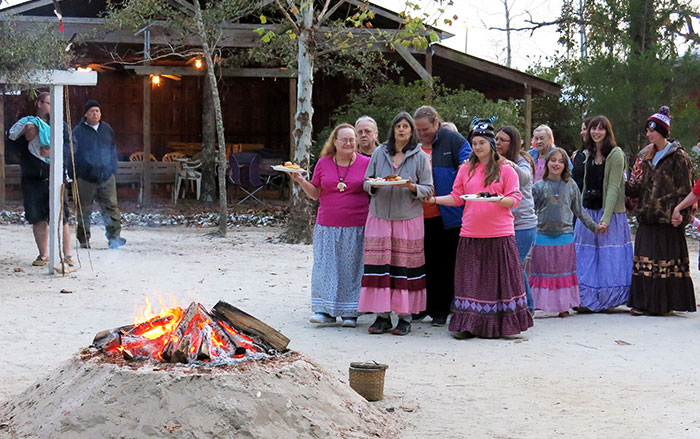
Artifact
Artifacts
Medieval Spoon Finial
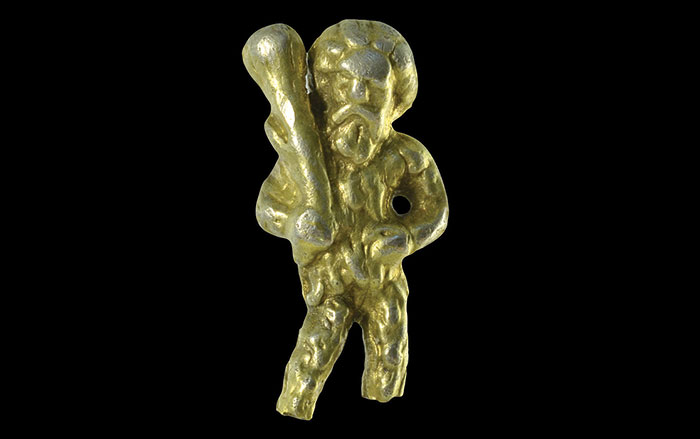
Digs & Discoveries
-
Digs & Discoveries
Dressing for the Ages
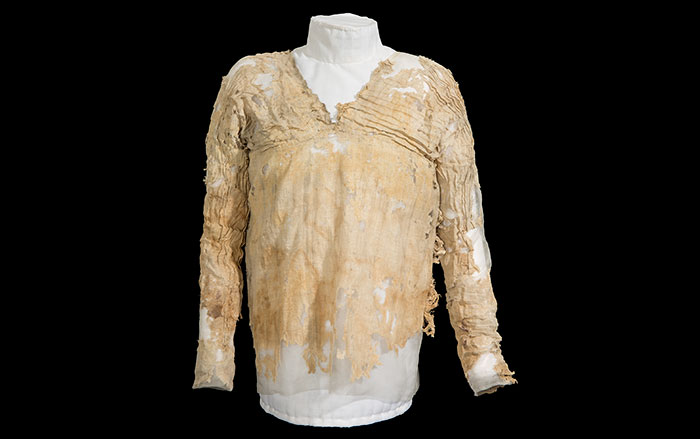 (Courtesy Petrie Museum of Egyptian Archaeology)
(Courtesy Petrie Museum of Egyptian Archaeology) -
Digs & Discoveries
Let a Turtle Be Your Psychopomp
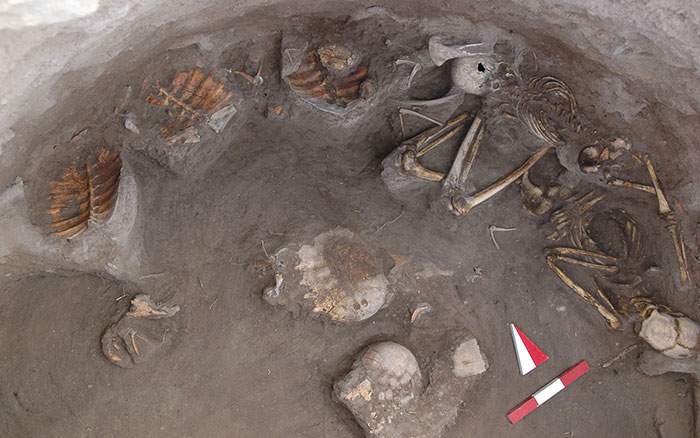 (Courtesy Kavuşan Höyük Archaeological Project, Photo: R. Berthon)
(Courtesy Kavuşan Höyük Archaeological Project, Photo: R. Berthon) -
Digs & Discoveries
The Price of Tea in China
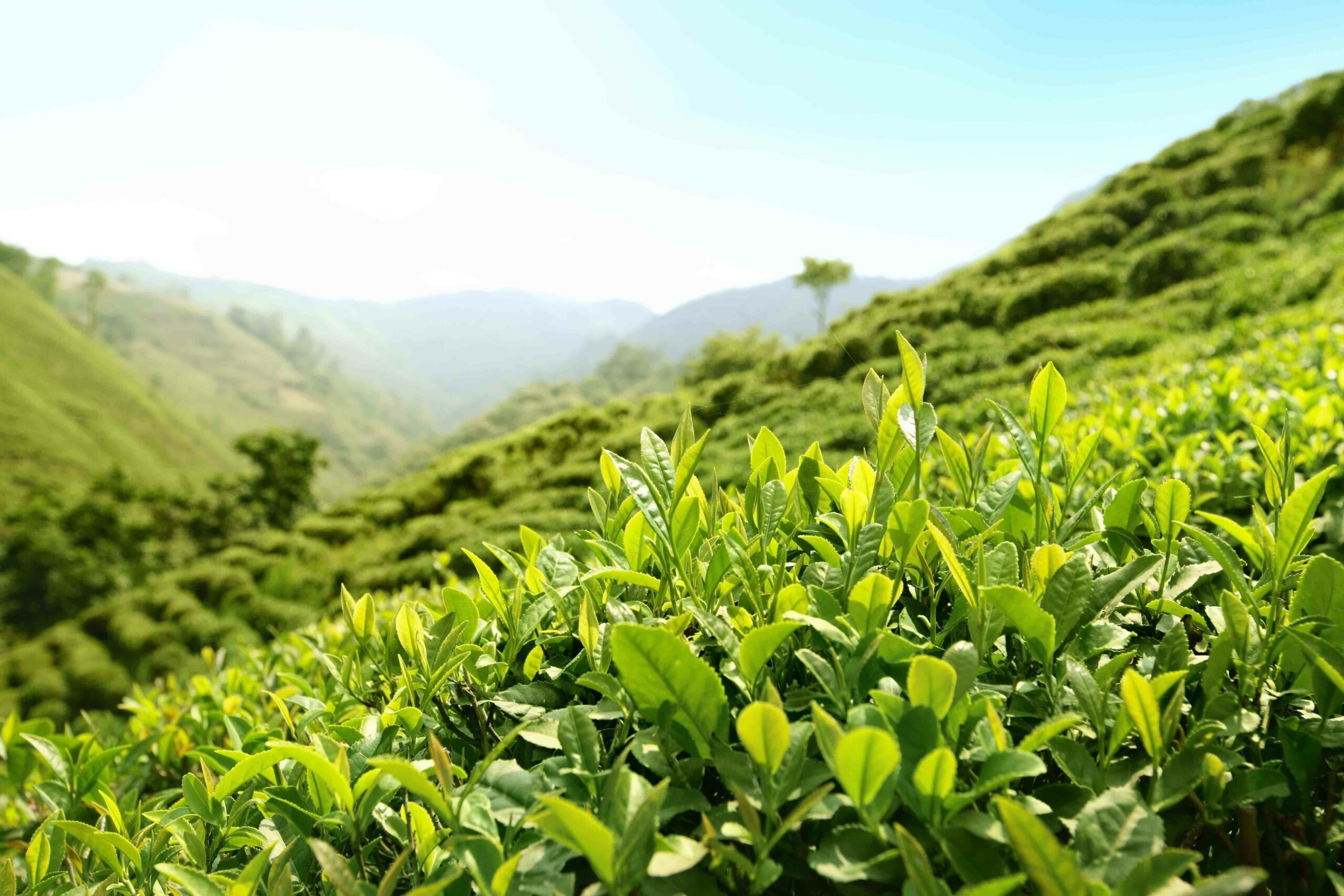 (Photo: S. Turga, AdobeStock)
(Photo: S. Turga, AdobeStock) -
Digs & Discoveries
What Happened After 1492?
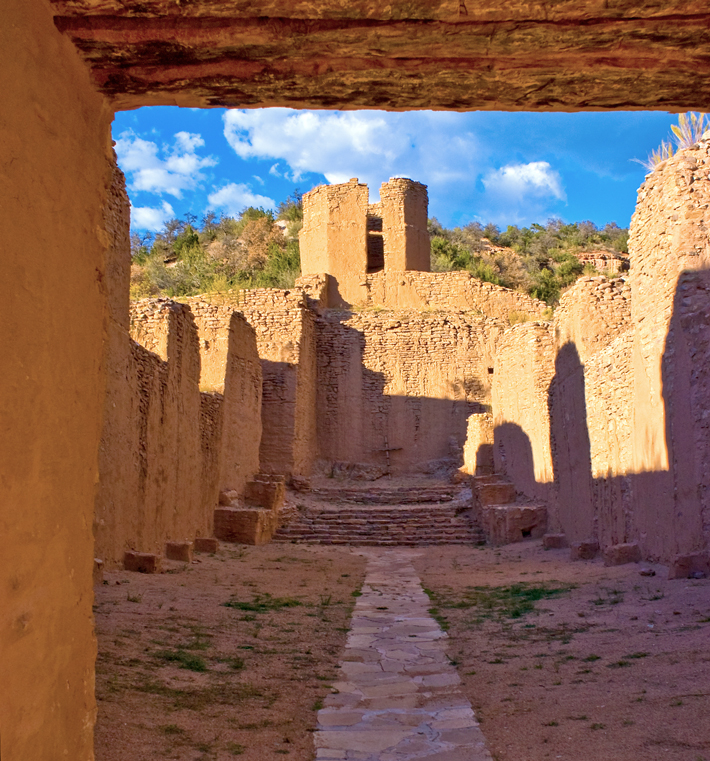 (Photo: Theodore Greer Photography)
(Photo: Theodore Greer Photography) -
Digs & Discoveries
Women in a Temple of Death
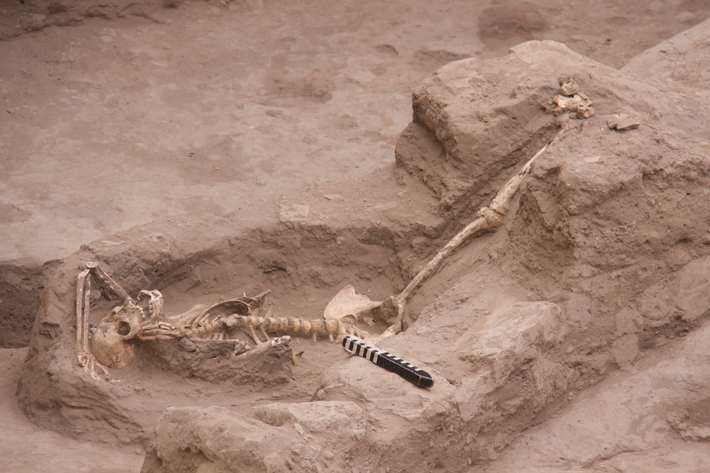 (Courtesy Museo Tumbas Reales de Sipán)
(Courtesy Museo Tumbas Reales de Sipán) -
Digs & Discoveries
Islam North of the Pyrenees
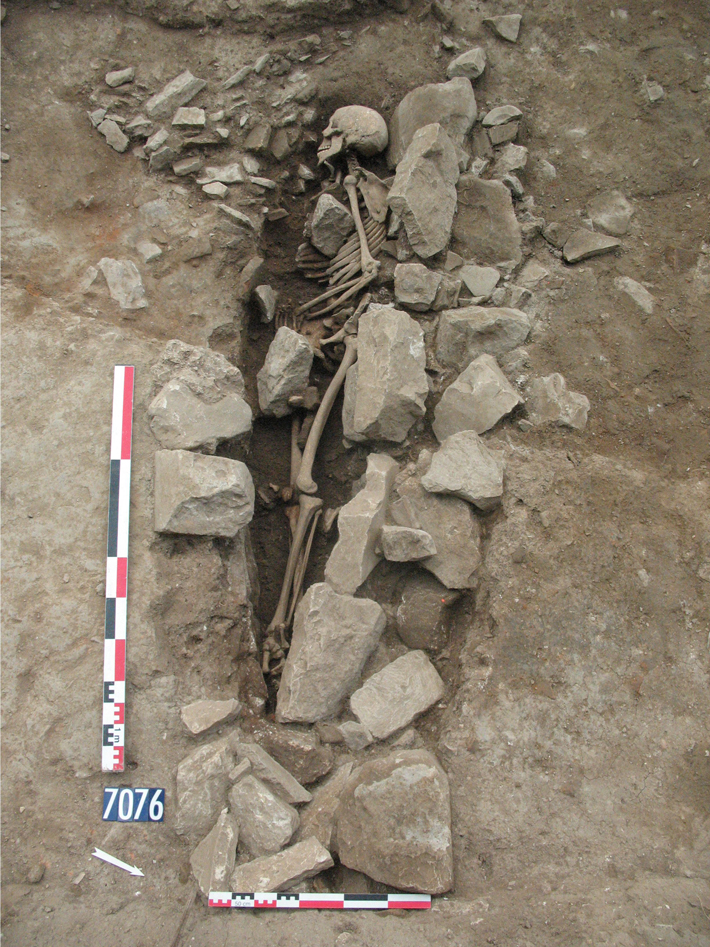 (Copyright P. Pliskine, INRAP)
(Copyright P. Pliskine, INRAP) -
Digs & Discoveries
Mesolithic Markings
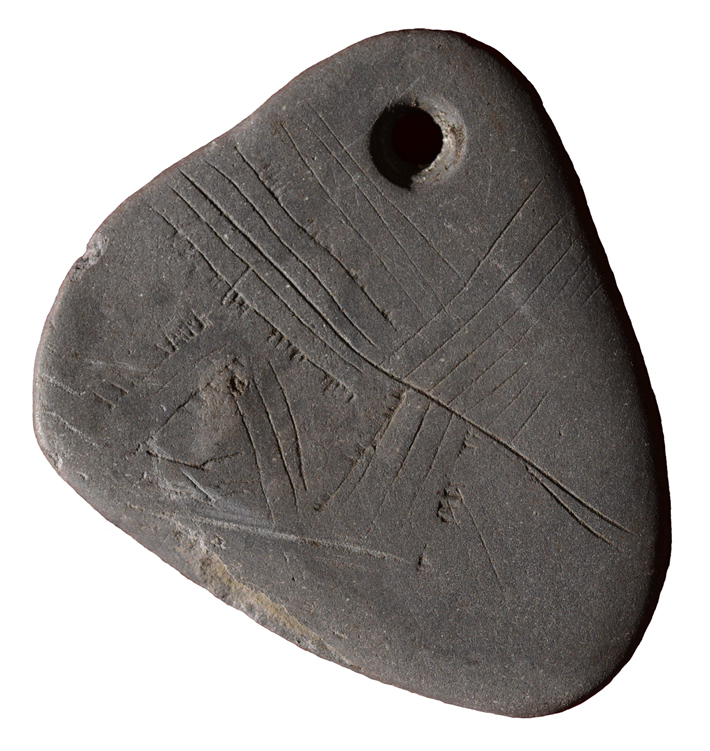 (Courtesy POSTGLACIAL project, University of York)
(Courtesy POSTGLACIAL project, University of York) -
Digs & Discoveries
Medieval River Engineering
 (Courtesy Rijkswaterstaat/Ruimte voor de Rivier)
(Courtesy Rijkswaterstaat/Ruimte voor de Rivier) -
Digs & Discoveries
The Death of Joe the Quilter
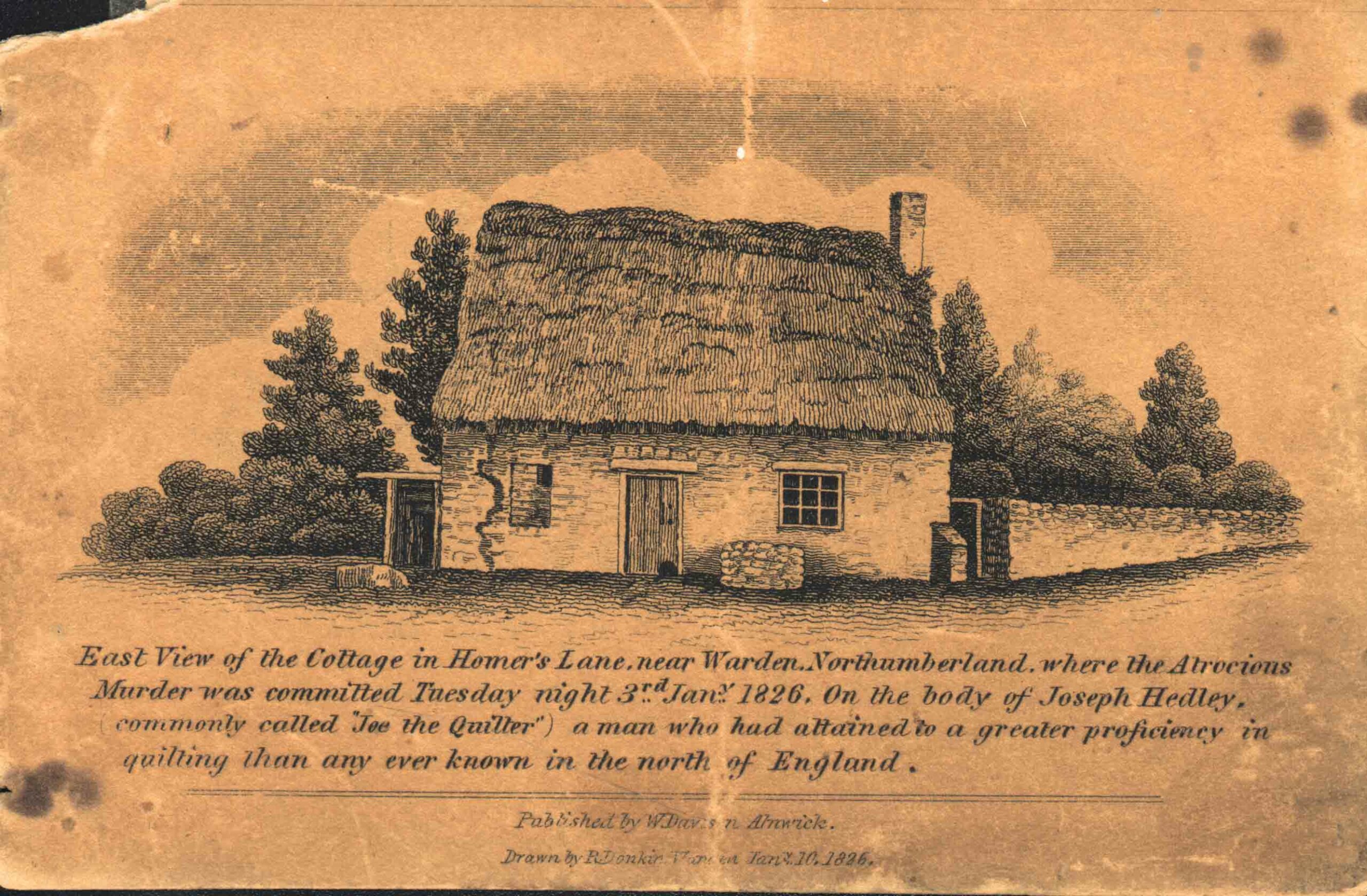 (Courtesy John Castling/Remaking Beamish, The Living Museum of the North)
(Courtesy John Castling/Remaking Beamish, The Living Museum of the North) -
Digs & Discoveries
Egypt’s Immigrant Elite
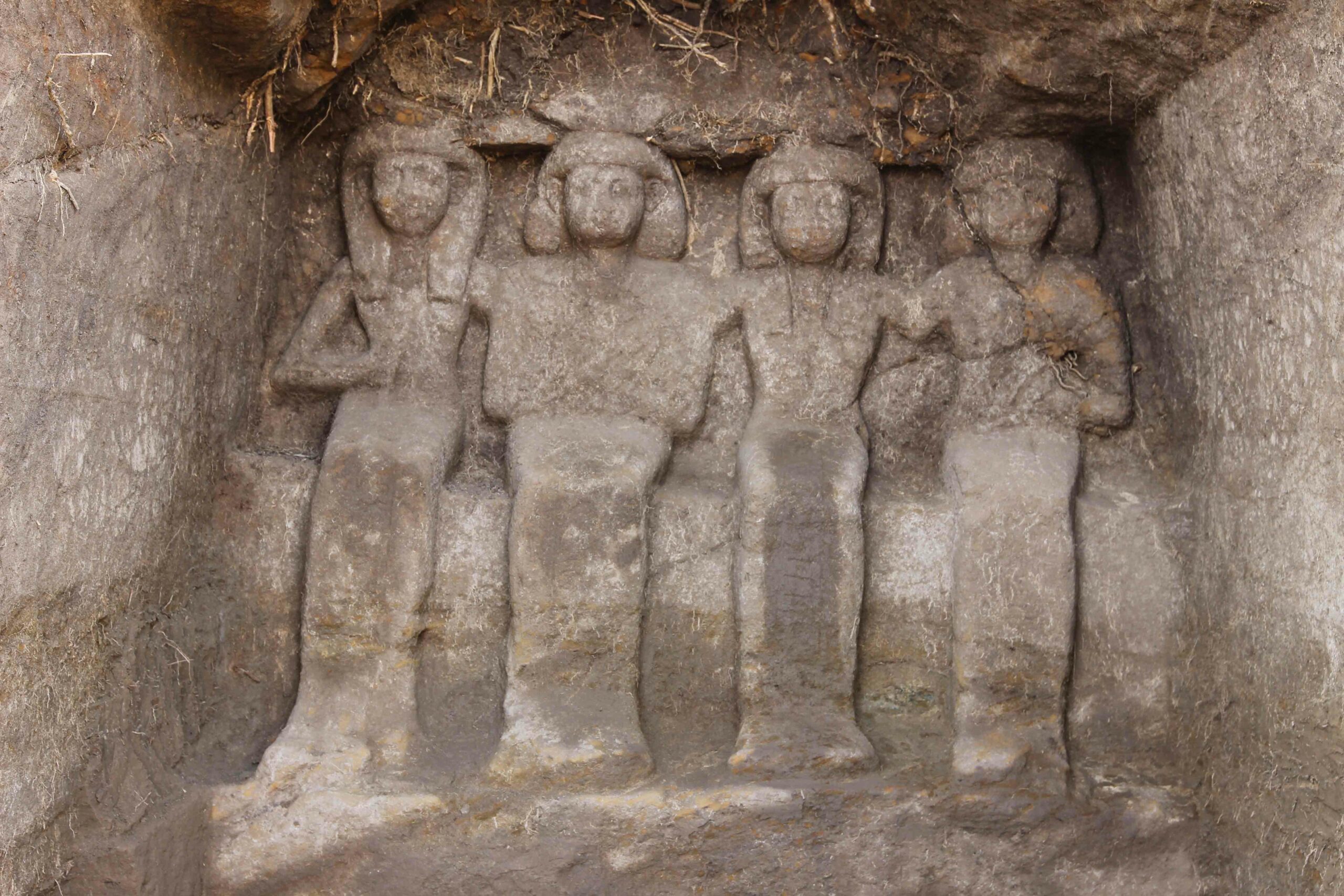 (Courtesy © The Gebel el Silsila Survey Project)
(Courtesy © The Gebel el Silsila Survey Project) -
Digs & Discoveries
The First Casus Belli
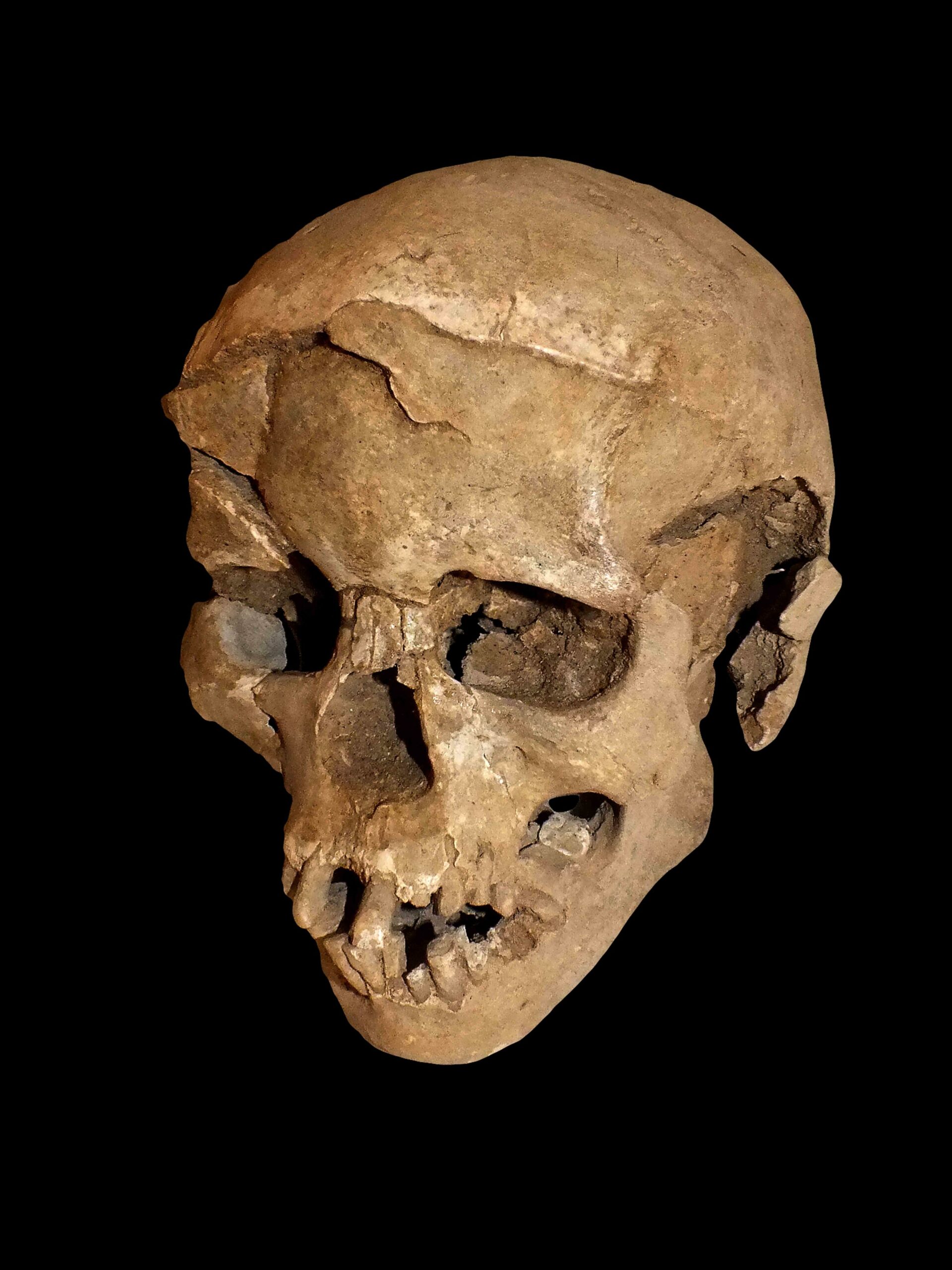 (Image by Marta Mirazon Lahr, enhanced by Fabio Lahr)
(Image by Marta Mirazon Lahr, enhanced by Fabio Lahr)
Off the Grid
Off the Grid May/June 2016
Sioux County, Nebraska
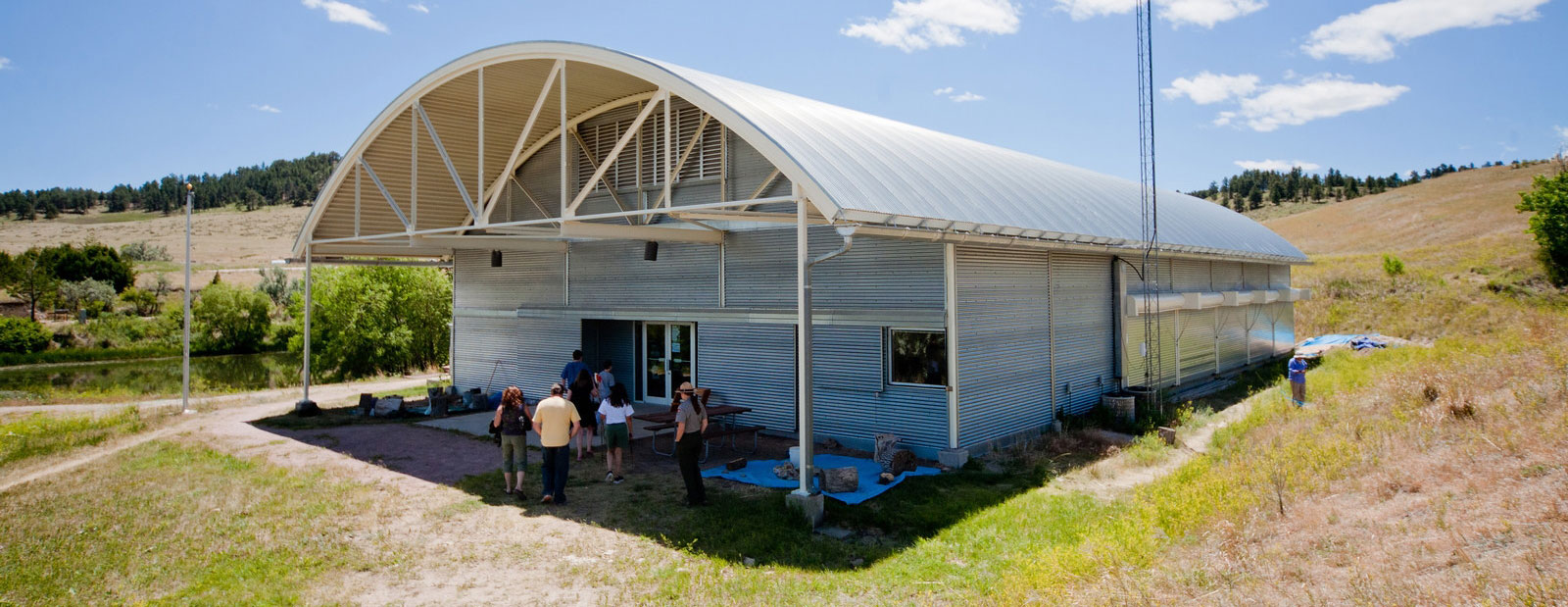
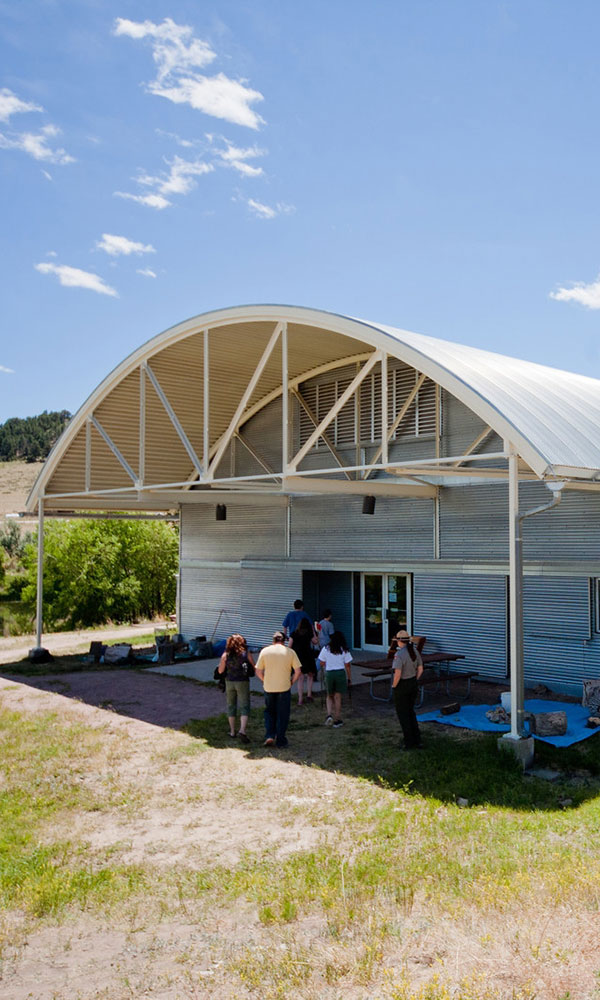
Around the World
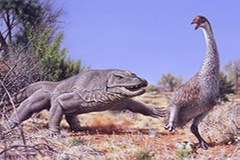
AUSTRALIA

AUSTRALIA: Genyornis newtoni was a seriously large bird: 7 feet tall and 500 pounds. But size doesn’t matter when humans develop a taste for your eggs. Analysis of G. newtoni eggshell fragments from 200 sites across the country describes telltale burn marks produced by a localized heat source rather than the all-encompassing heat of a wildfire—an indication that the eggs had been harvested and cooked. More than 8 in 10 species weighing over 100 pounds, including G. newtoni, became extinct shortly after humans arrived down under around 50,000 years ago. —Samir S. Patel
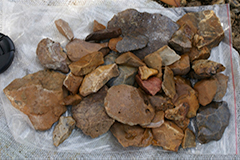
INDONESIA

INDONESIA: Archaic humans arrived on Sulawesi at least 118,000 years ago, according to a recently discovered deposit of stone tools and extinct animal bones. It is known that various hominin species made it to the islands of Flores, Java, and Papua by this time, and it was assumed that Sulawesi was part of their dispersal. This new find, accumulated over what appears to have been tens of thousands of years, suggests there was, in fact, a well-established population. There are no human fossils, so it is unknown what ancient human species it was. —Samir S. Patel
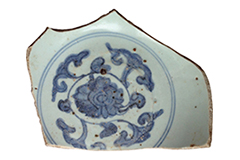
CAMBODIA

CAMBODIA: Sometimes the archaeology and ancient history of Cambodia seem to begin and end with Angkor Wat, and it was widely assumed that the period between the decline of Angkor and the modern era was a kind of “dark age.” Excavations at Longvek, the capital after Angkor, are dispelling this notion with evidence of extensive trade links, including maritime trade with China and Japan. The Khmer Empire that built Angkor had not taken advantage of this potential source of wealth, which may have contributed to its decline. —Samir S. Patel


